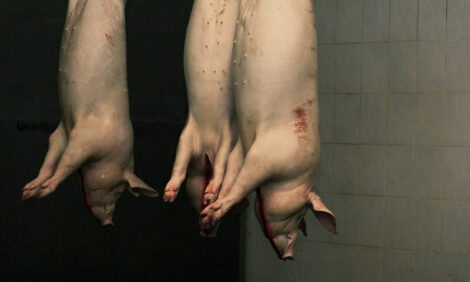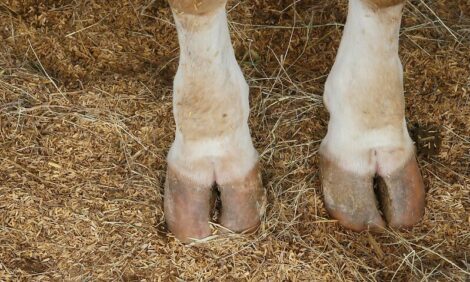



Jim Long Pork Commentary: Pork news round up
African Swine Fever in Germany
African Swine Fever continues to be found in Germany. Over 100 cases now. The loss of Asian markets and Covid plant closures are backing up hogs but the hog market price holds at 1.27 Euro/kg. It’s hard to believe that the hog price will not decrease in the face of these two realities.
US pork and pork products to China stand at $1.5 billion from January to August. As of October 8, 2020 US pork sales are 8 times greater than the same time in 2017.
China’s production is recovering
It’s not surprising profits of over $200 per head stimulating production! ASF still exists but better biosecurity is helping.
China reports an increase of pig inventory of 370 million head at the end of September up 21% from a year ago but still 16% lower than in 2017. The sow herd at the end of September is reported to be 38.22 million after month on month sow herd increase from the low 12 months ago. The current sow inventory is 14% lower than at the end of 2017 or still down about 6 million sows (same as total U.S. sow herd).
With greater hog supply China’s price has begun to decline from 37.02 RMB/kg at the first of September to 30.94 RMB/kg last week. Still very strong at $2.09 US liveweight a lb. We only wish to have prices like that in North America. As China production increases, we expect China will require less imported pork.
Ways to increase domestic consumption
Now more than ever the US-Canada need to look at ways to increase domestic consumption and market share. We believe this can be done by producing better tasting pork to enhance demand. Higher marbled pork is the answer, not the other white meat genetic program that has destroyed taste in our pork.
“The meek shall inherit the earth, but they’ll never increase market share.”
William McGowan – entrepreneur
US Sow Slaughter
US sow slaughter the last two weeks has shown a decline from where it has been. The week of October 17 registered 58,923, maybe the lowest on a non-holiday week this year. It appears to us the sow herd liquidation is slowing or over. This would be a reflection of more positive attitude towards future. We believe that the sow herd had already declined by 250-300,000 sows since last December.
A reflection of fewer sows to slaughter can be seen in cull sow pricing. All weight categories have seen about a 10¢ increase over the last few weeks.
Fewer Hogs Year Over Year?
The September 1st Hogs and Pigs Report indicated 10% more hogs in the 180 plus weight category than the year before. It’s 60 days since September 1. We calculate that almost all the 180 lb. plus hogs should have gone to market. Slaughter since September 1st is almost the same as a year ago. Slaughter weights are the same or maybe lower. It’s obvious there wasn’t 10% more.
We are now slaughtering hogs born in April-May. It was a time of the major euthanisation of small pigs and sow herd liquidation. We expect no more or fewer hogs year over year in the coming weeks.
U.S. Pork cut-outs took a big hit last week dropping from mid 90’s to mid 80’s. Hopefully this can hold as we will continue to have high hog slaughter the next couple months. In our mind mid 80’s is still very strong in the face of weekly hog slaughter approaching 2.7 million.
Last week the National Pork Board newsletter pointed out the USDA is projecting 2021 Quarter 1 hog production will be down 2.1% from 2020. This is interesting to see since the Chicken Little Economists were projecting more pork production in 2021 then 2020. A point we adamantly disagreed with. There was no way an industry that was losing $100 million a week plus was expanding and the only way to have more hogs is expansion. The reality of the Chicken Little Economists in our industry. Never owned pigs, never will own pigs, never lived with $50 per head losses, never had to make a payroll. The grim reality of the marketplace is a real truth maker it is not an economic exercise from a chair in a cubicle.
There is no doubt there will be fewer hogs in 2021 than 2020. This will be price supportive.
"In all recorded history there has not been one economist who has had to worry about where the next meal would come from." - Peter Drucker, management writer








